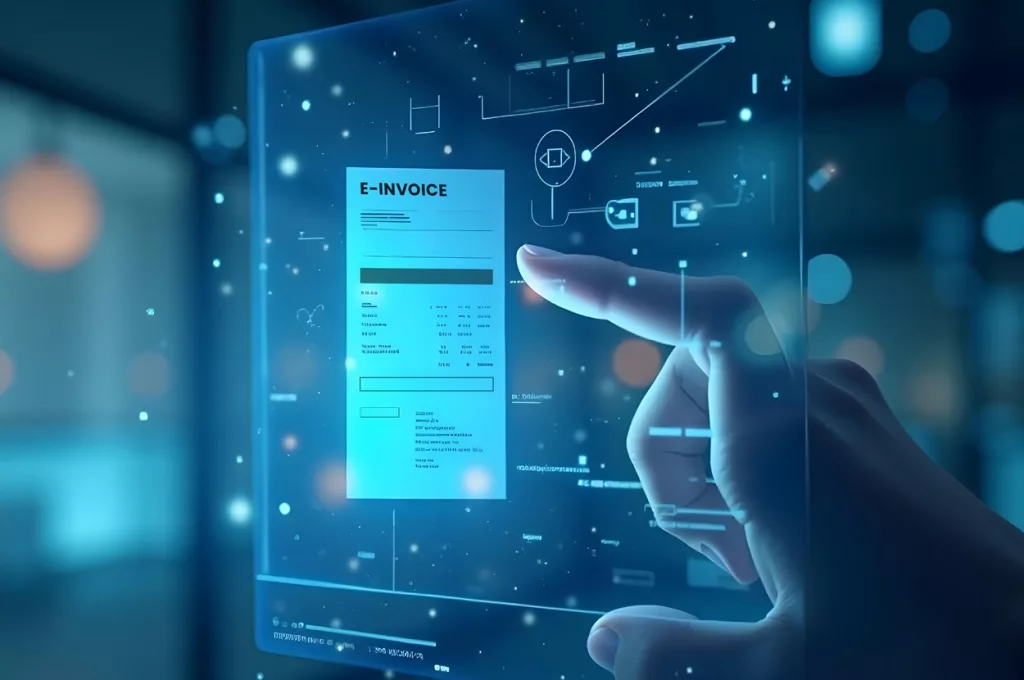To decode the evolving GST landscape, Cygnet.One, in collaboration with our knowledge partner HNA CO LLP, hosted an insightful webinar covering Input Service Distributor (ISD), Invoice Matching System (IMS), and recent GST amendments. The session addressed real-world queries from tax and finance professionals, offering clarity on compliance challenges, ITC reconciliation, and regulatory changes.
Below is a curated list of FAQs from the session, along with expert responses to help businesses stay ahead in their GST compliance journey.
1. Query on ineligible ITC under GST (e.g., Group Medical Insurance across locations):
Q: If a service is ineligible for ITC, such as Group Medical Insurance provided to employees across multiple locations, should it still be cross-charged or distributed via ISD and disallowed at respective locations? Also, can credit be claimed at the head office if the service benefits all branches?
A: If the credit is attributable to two or more GSTINs, it is advisable to distribute it through ISD using GSTR-6. The eligibility of the ITC must be evaluated subsequently. Ineligible ITC can still be distributed via ISD returns. If such credit is received at a regular GSTIN, it may be moved to the ISD GSTIN using an invoice under Rule 54(1A). The disclosure mechanism for this is not clarified by the department and can be done either through or outside the system.
2. ISD & Cross Charge Credits and Rule 42 reversals:
Q: In a case where both ISD and Cross Charge credits have been included for Rule 42 reversals by the department, is this correct?
A: As a recipient GSTIN, all credits are considered. However, proper bifurcation of ITC under exclusive taxable/exempt categories or as common credit must be performed.
3. IMS credit note rejection and re-filing issue:
Q: If credit notes rejected by customers are refiled in the next month and flagged as already filed due to the same document number, what should be done?
A: As per GSTN advisory, instead of re-filing, the record must be amended. Amendments can be made via GSTR-1 or 1A.
4. Delay in auto-population of credit notes in GSTR-3B:
Q: Credit notes rejected by the customer for April 2025 are being added to GSTR-3B of May 2025. Will this continue, and will GSTR-3B show values for the current month?
A: Yes, this appears to be the current process. No changes have been indicated. The one-month pending option for credit notes should be monitored closely.
5. Distribution of building security charges:
Q: Are building security charges to be distributed across locations, or are they location-specific?
A: It depends on the usage of the building. If the benefit or cost is attributable to multiple GSTINs, distribution is needed. For instance, plant-specific security is location-based, but corporate office security (benefiting all locations) can be distributed via ISD.
Reference: Taxguru Article
6. Reconciling GSTR-6A and GSTR-6 for RCM ITC:
Q: How to reconcile mismatches when RCM ITC is distributed to branches, but RCM tax is paid under HO GSTIN, and this reflects in GSTR-2A of HO?
A: For RCM, pay tax under the regular GSTIN and transfer the ITC via invoice under Rule 54(1A). This can be done through GSTR-6 where ITC is added manually. No CBIC clarification is available yet. Suggestion: continue using the GST portal.
Note: For IGST RCM, system limitations may cause distribution as CGST+SGST.
Reference: HNA LLP Article (PDF)
7. Direct Tax Automation query:
Q: Do you offer Direct Tax Automation?
A: Yes. Learn more here:
Direct Tax Compliance – Cygnet.One
8. Timeline for visibility of e-invoices in IMS:
Q: What is the visibility timeline for e-invoices in IMS?
A: If not explicitly accepted or rejected in IMS, it is treated as deemed accepted. The system does not allow invoices to remain pending unless kept manually.
9. Handling re-submitted credit notes previously rejected in IMS:
Q: Since IMS doesn’t allow credit notes to remain pending, how are resubmissions handled if we’ve already rejected a credit note that the vendor re-submits?
A: Such scenarios should ideally be avoided. The system is expected to offer a one-month pending option soon. Meanwhile, communicate with vendors before rejecting. If rejected already, refer the vendor to GSTN’s 19th June advisory for corrective action.
10. Filing challenge: ISD return vs. availability of ITC in Form GSTR-6A:
Q: It’s difficult to file ISD return by 13th when GSTR-6A is only available around the same time. Can this be re-evaluated?
A: Yes, timelines are tight due to dependency on vendor GSTR-1 filings. Industry bodies may raise this concern with CBIC/Government. Alternatively, using automated tools and systems can help streamline ITC tracking and invoicing processes.











